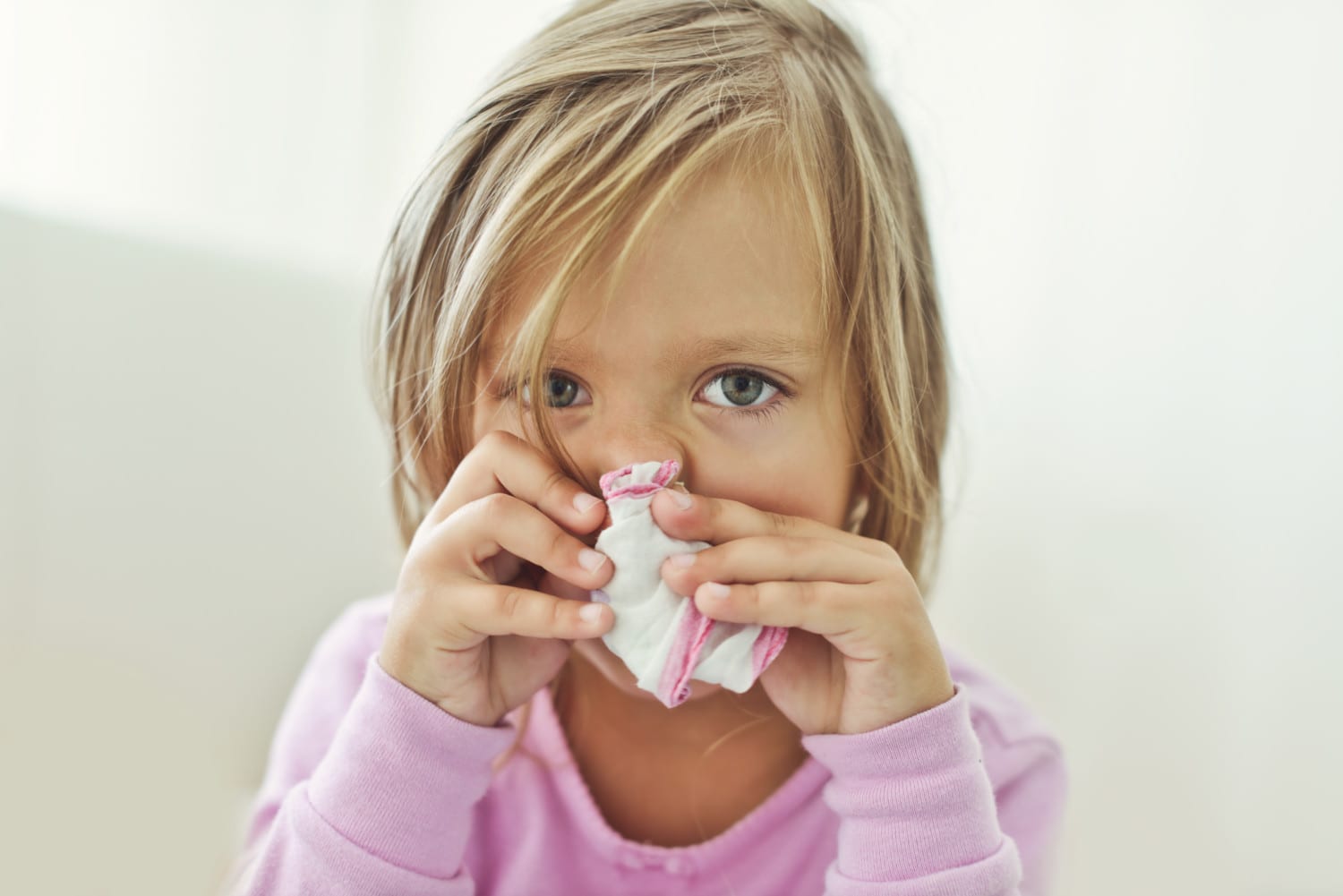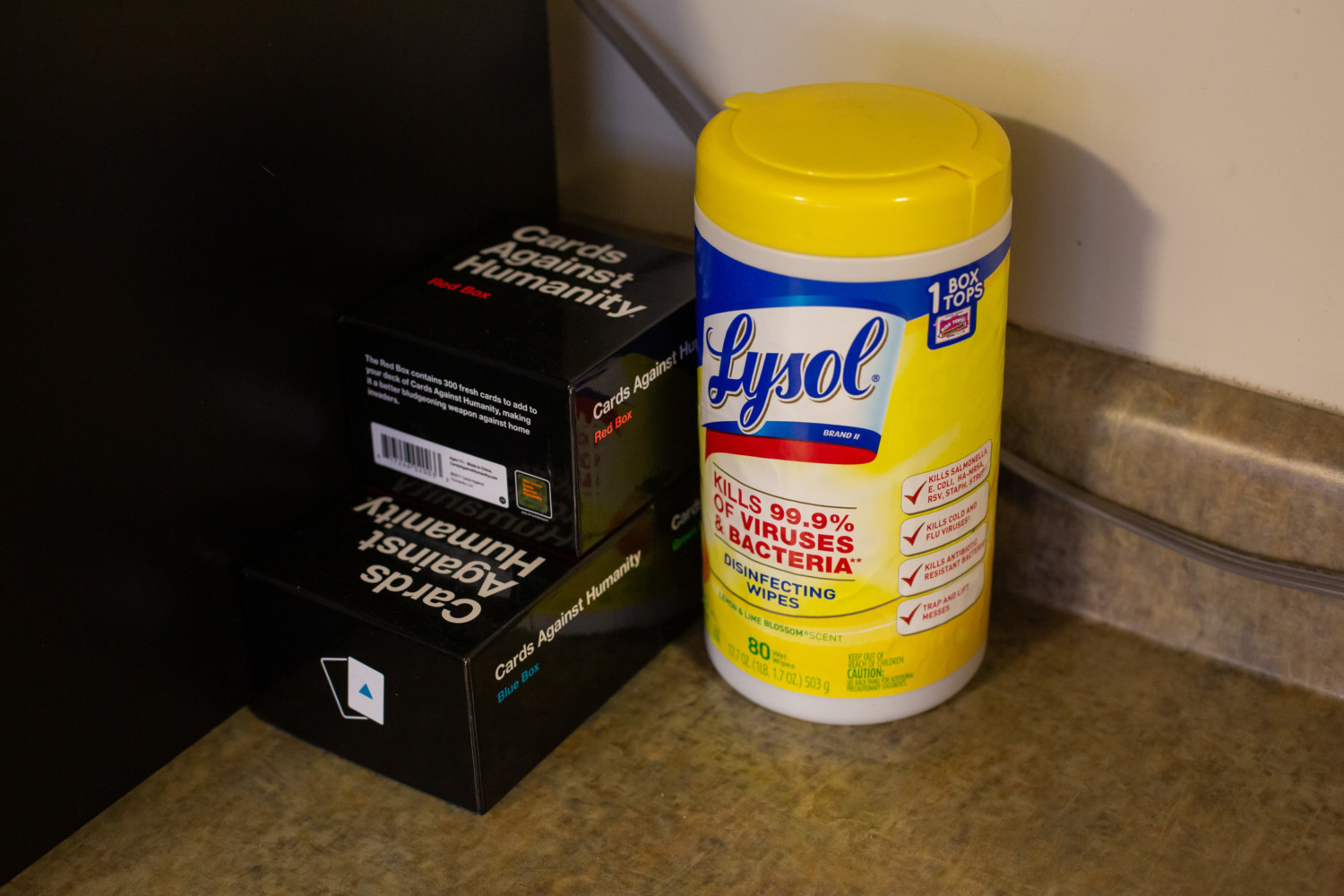Keeping the germs away during cold and flu season may have just gotten a little tougher.
A recent report from the Centers for Disease Control and Prevention said there have been at least 26 million people diagnosed with the flu so far this flu season, including 250,000 hospitalizations. With so many people sick, one way many of us try to stay healthy is to boost our home cleaning routine with more frequent deep cleans. Many homes and classrooms love having containers that have disinfecting wipes to quickly clean frequently touched surfaces.
Grabbing some of those convenient canisters or cleaners that boast disinfecting agents sounds like a reasonable thing to do to fight back against germs. But, experts are warning about the overuse of these chemicals, especially around children.

Consumer Reports recently issued a warning about using disinfecting wipes because many contain chemicals that are registered pesticides, which can be hazardous to young children.
According to Consumer Reports, to be labeled as a disinfectant, the product must have “active ingredients [that] kill specific bacteria, such as Staphylococcus aureus (which can cause dangerous blood, lung, bone and heart valve infections) on surfaces.” Manufacturers must be able to prove this claim before it can sell a product as a disinfectant.

And, while the bleach and hydrogen peroxide that are usually found in these wipes are not a significant danger to kids, other chemical compounds, commonly known as quaternary ammonium compounds (QACs), can be. These compounds combine ammonia with other chemicals that allow them to be dissolved into liquids and gels. One example of a popular QAC found in disinfectant wipes is alkyl dimethyl benzyl ammonium chlorides.
These QAC compounds are included on the Environmental Protection Agency’s list of registered pesticides, which, by law, must have a warning label to “keep out of the reach of children” because they can cause eye, skin or upper respiratory problems. The bleach and QACs in these wipes have been shown as a possible cause of asthma, as well, according to the New York University School of Medicine.
That is why health experts are worried about disinfectant wipes being used so often in schools and homes. Every year, teachers request tubs of these wipes to help keep classrooms clean. The intention may be good, but the potential risks aren’t always known.
“They’re marketed to schools. They’re marketed to teachers,” Dawn Gouge, a public health entomologist with the University of Arizona, told Consumer Reports. You can see evidence of that marketing in tweets like this one from Clorox, who helped clean a school in Oklahoma with its popular disinfecting wipes.
This Back-to-School season, we traveled to Webbers Falls, OK public schools to help them clean up their buses and facilities with Clorox Disinfecting Wipes after they faced major flooding in July. Now, students will be able to thrive in clean spaces all school year long. ð¡ð pic.twitter.com/JTTTYg9eoI
— Clorox (@Clorox) August 27, 2019
Another health expert, pediatrician and George Washington University professor Dr. Jerome Paulson, told Consumer Reports, “Kids breathe more air per pound of bodyweight than an adult does.” As a result, a child’s exposure to the same level of chemicals will be higher than an adult’s.
So, what can parents and teachers do to help prevent the spread of germs but not expose children to these dangerous chemicals? Experts recommend using more basic cleaning substances, like soap and water, for regular or frequent cleanings. There are also thousands of cleaning products that the EPA lists as “Safer Choice” options on its website.
You can also check out these helpful tips we’ve rounded up to help safely make your house a flu-free zone.
This story originally appeared on Simplemost. Checkout Simplemost for other great tips and ideas to make the most out of life.


